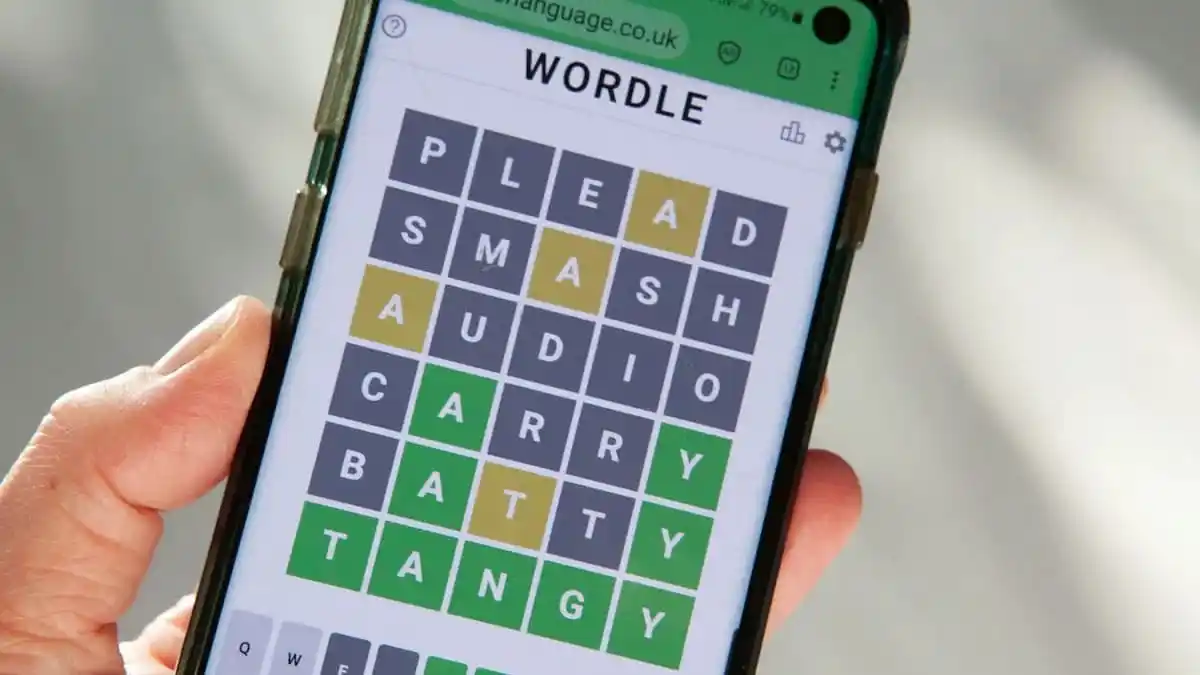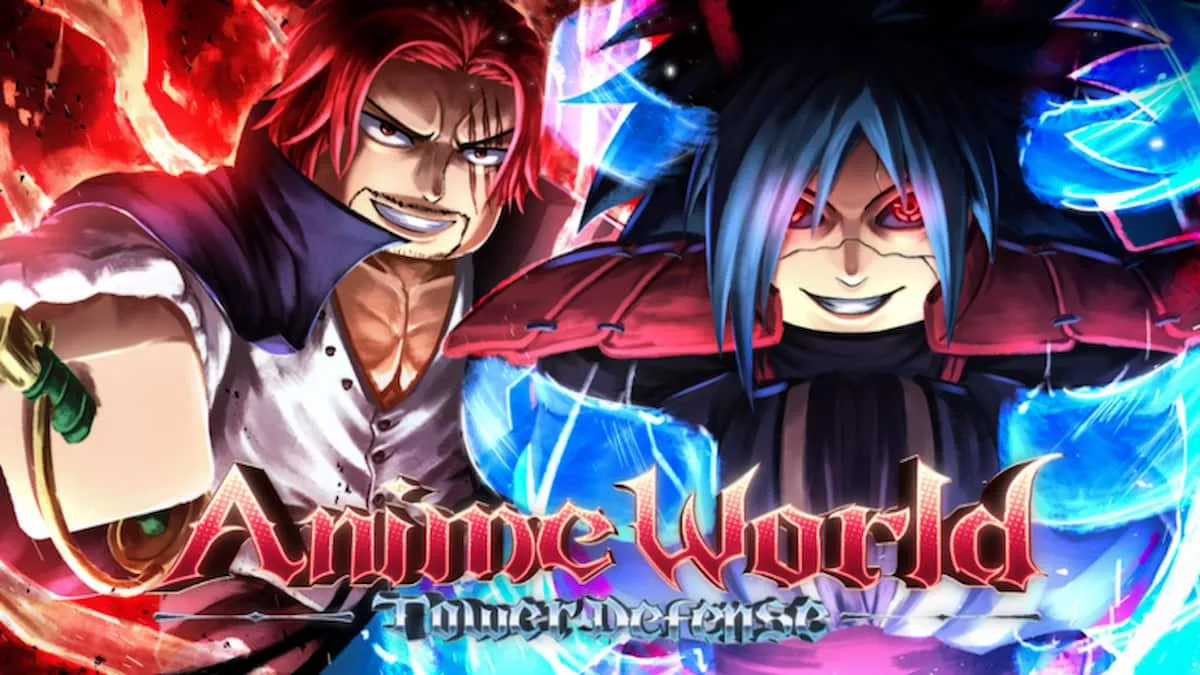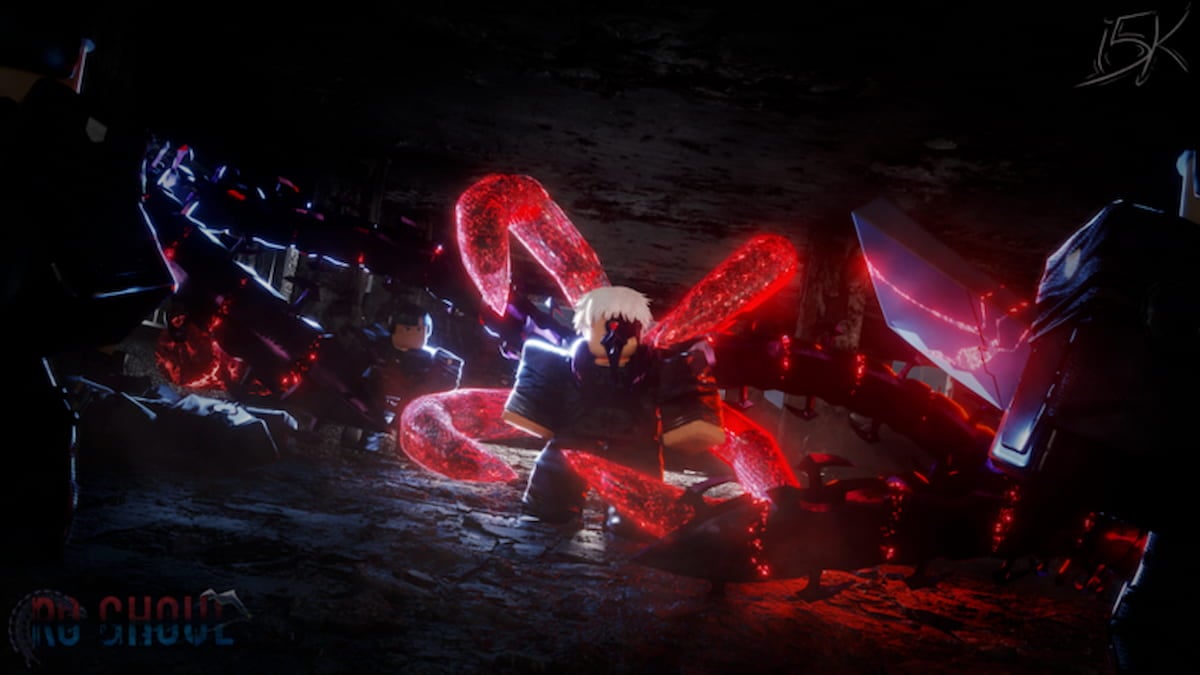As vowels, E and I are very commonly paired with one another in words. The “IE” pairing is so common that their usage in this order is an established rule in the English language, unless acted upon by patterns in other letters within a given word. As such, it is particularly common for a Wordle guess to reflect a yellow, positionally misplaced E and I.
It is also common, however, for a particular daily Wordle to throw an absolute curveball at its players, ending with a word that, per the game’s rules, makes sense, but is very rarely used or manipulates letter usage in unusual ways. Fortunately, a few of these more out-of-left-field words are easy to keep track of, and fit a variety of different word types.
Sinew

A rather obscure term for “fibrous tendon,” sinew utilizes three moderately popular consonants in S, N, and W. This word functions as an ideal second guess, clearing a number of letters after the player’s first guess identifies some key vowels.
Related: 5 letter words ending in ST – Wordle Game Help
Maize
Maize, an alternative word for corn, utilizes three total vowels, making it an ideal first guess. In addition, the word bears the unique distinction of using the letter Z, clearing an unused yet often confusing letter as early as possible.
Related: 5 letter words starting with H – Wordle Game Help
Stein
Stein, a metal beverage container, follows the unusual rule of E-before-I. However, the E is only supposed to precede the I when the word in its entirety emulates an “A” sound. Stein uniquely doesn’t follow this rule, meaning that when Wordle players discover an “EI” pattern late in the game, they’re not often likely to think of stein in this context.
Related: 5 letter words with S as the fourth letter – Wordle Game Help







Published: Apr 25, 2022 10:57 pm